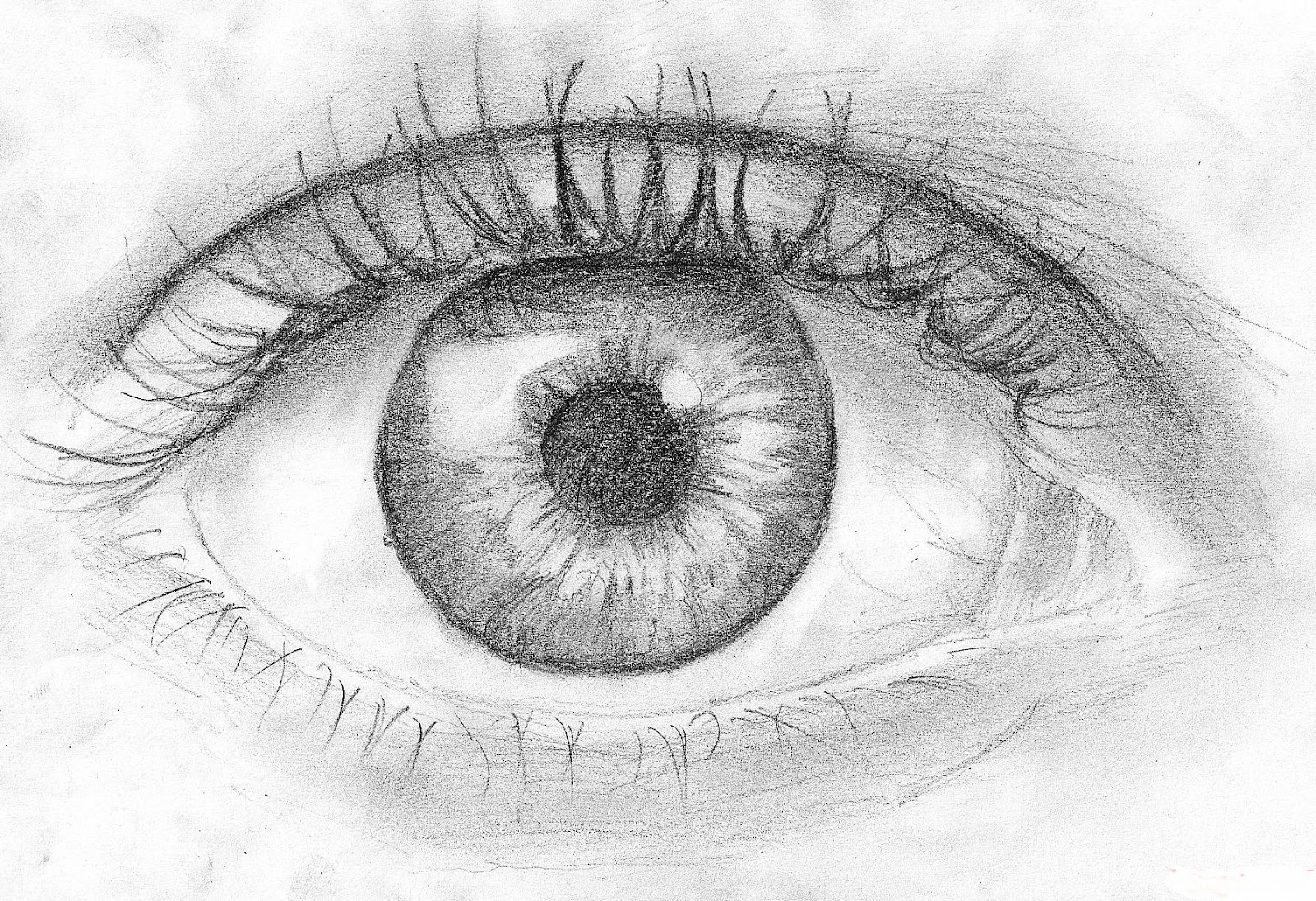When it comes to drawing, few elements can convey emotion and character as powerfully as the eyes. They are often referred to as the windows to the soul, and mastering the art of drawing eyes can elevate your artwork to new heights. Whether you are a beginner or an experienced artist, understanding the intricacies of eyes to draw can significantly enhance your artistic expression.
In this article, we will explore various techniques and tips for drawing captivating eyes, as well as delve into styles and references that can inspire your creativity. From realistic portrayals to abstract interpretations, the eyes serve as a focal point in many artistic pieces, making it essential to understand their anatomy and the emotions they can evoke.
Additionally, we will discuss common challenges artists face when drawing eyes, and how to overcome them through practice and observation. With the right approach and dedication, anyone can learn to draw eyes that truly capture the essence of their subjects. So let’s dive into the fascinating world of eyes to draw and discover the beauty that lies within them.
What Makes the Eyes So Important in Art?
The eyes are often considered the most expressive feature of the human face. They can convey a vast range of emotions, from joy and love to sadness and anger. Artists use eyes to draw not just to depict realism, but also to create a connection with the viewer. Here are a few reasons why eyes hold such importance in art:
- Emotional Expression: The eyes can communicate feelings and thoughts without a single word being spoken.
- Focus Point: They often serve as the focal point of a composition, drawing the viewer's attention.
- Character Depth: Well-drawn eyes can add depth and personality to characters, making them more relatable.
How Can You Improve Your Eye Drawing Skills?
Improving your ability to draw eyes requires practice and understanding of their anatomy. Here are some tips to help you refine your skills:
- Study Anatomy: Understand the structure of the eye, including the iris, pupil, and eyelashes.
- Observe Real Eyes: Spend time observing real eyes, noting their shapes, colors, and expressions.
- Practice Different Styles: Experiment with various styles, from realism to cartoonish interpretations.
- Use References: Utilize reference images to guide your drawings and provide inspiration.
What Techniques Can You Use for Drawing Eyes?
There are several techniques you can apply when drawing eyes to achieve different effects:
- Shading: Use shading to create depth and dimension in the eye.
- Highlighting: Adding highlights can make the eyes look more lifelike and vibrant.
- Line Work: Experiment with different line styles to convey various emotions.
Who Are Some Famous Artists Known for Their Eye Drawings?
Throughout history, many artists have gained recognition for their exceptional ability to draw eyes. Here are a few notable names:
| Name | Nationality | Notable Works |
|---|---|---|
| Leonardo da Vinci | Italian | Mona Lisa, The Last Supper |
| Vincent van Gogh | Dutch | The Starry Night, Self-Portrait with Bandaged Ear |
| Pablo Picasso | Spanish | Guernica, Les Demoiselles d'Avignon |
What Materials Are Best for Drawing Eyes?
The materials you choose can significantly impact the final outcome of your eye drawings. Here are some popular options:
- Pencils: Graphite pencils are versatile and allow for detailed shading.
- Colored Pencils: Great for adding vibrant colors to the iris and surrounding areas.
- Charcoal: Perfect for dramatic and bold eye drawings.
- Inks: Use ink for precise line work and to create sharp contrasts.
How Can You Capture Different Eye Expressions?
Capturing various eye expressions can add depth to your drawings. Here are some techniques to consider:
- Altering the Shape: Change the shape of the eyes to reflect different emotions (e.g., wide for surprise, narrow for anger).
- Adjusting the Eyebrows: Eyebrow position can greatly influence the expression of the eyes.
- Playing with Light and Shadow: Use light and shadow to enhance the emotional impact.
What Are Common Mistakes to Avoid When Drawing Eyes?
Many artists, especially beginners, make common mistakes when drawing eyes. Here are a few to watch out for:
- Symmetry: Remember that eyes are not always perfectly symmetrical.
- Overemphasizing Details: Focus on the overall shape and form rather than getting lost in details.
- Ignoring Light Source: Always consider the light source when shading your eyes.
How Can You Develop Your Unique Style for Drawing Eyes?
Your unique artistic style is what sets you apart from others. To develop your style for drawing eyes:
- Experiment: Try different techniques and materials to see what resonates with you.
- Study Influences: Analyze the styles of artists you admire and incorporate elements into your work.
- Practice Regularly: Consistent practice will help you refine your style over time.
In conclusion, the world of eyes to draw is filled with endless possibilities and artistic expressions. By understanding the importance of eyes in art, practicing various techniques, and learning from renowned artists, anyone can enhance their drawing skills and create captivating eye illustrations. So grab your materials and start exploring the fascinating journey of drawing eyes today!
Unveiling The Height Of Daniel Tosh: A Closer Look
Patois Bad Words: Understanding The Language Of The Streets
Exploring The Words To Family Guy Theme: A Deep Dive Into The Iconic Tune


